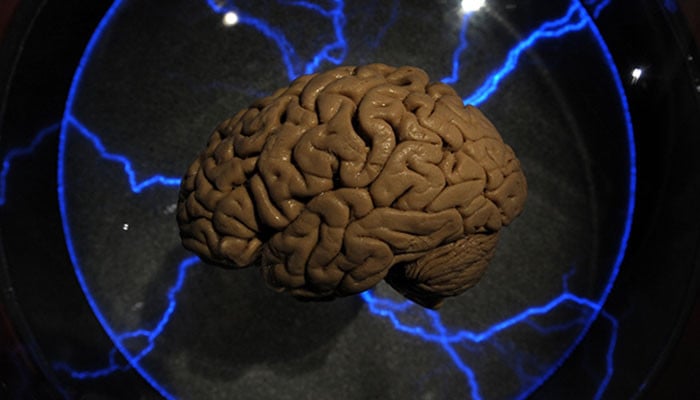Scientists in a recent study revealed that they have found increased brain activity — similar to consciousness — in those patients who are dying. The study may unlock new potential for scientists to study further the process of death, Guardian reported.
The study leader Jimo Borjigin of the University of Michigan said: “How vivid experience can emerge from a dysfunctional brain during the process of dying is a neuroscientific paradox.”
Borjigin also added: “We saw potential neuro-signatures of consciousness.”
The researchers used data from four patients who had died and their brains were under observation with the help of EEG recordings citing the previous suspected seizures that they had suffered.
The four patients were unconscious and unresponsive and had been declared that they could not be helped.
After the permission of their families, their life support had been revoked and the patients subsequently suffered cardiac arrest and died.
As the patients’ life support was withdrawn, their brain activity was analysed until they were dead.
After the removal of the ventilator, two of them showed an uptick in heart rate parallel to a surge of gamma wave activity — brain activity that is considered fastest and associated with consciousness.
Borjigin suggested that “this might correspond to the patients being internally awakened.”
The activity was identified in the area back of the brain which is connected with conscious activity — called the hot-zone of the brain.
According to scientific knowledge, this area has been related to dreaming, visual hallucinations in epilepsy, and altered states of consciousness in other brain studies.
According to the study published in Proceedings of the National Academy of Sciences, the other two patients did not display the same increase in heart rate or brain activity.
It was impossible to know exactly what the brain activity might correspond to as a subjective experience, said scientists.
Borjigin noted: “It may be activating internal covert consciousness, bringing out memories of the past, it could be a brain survival mechanism, we don’t know.”

